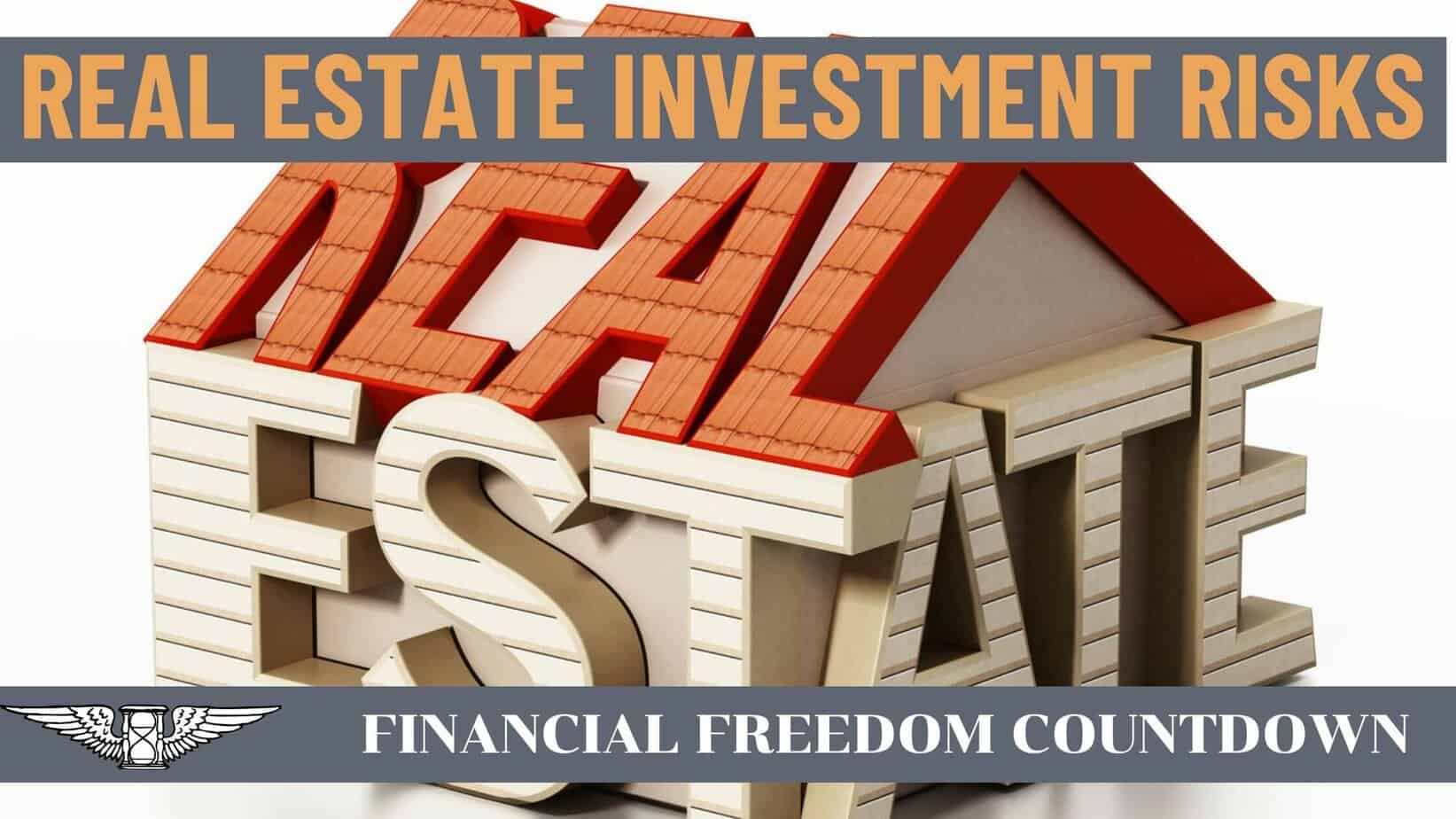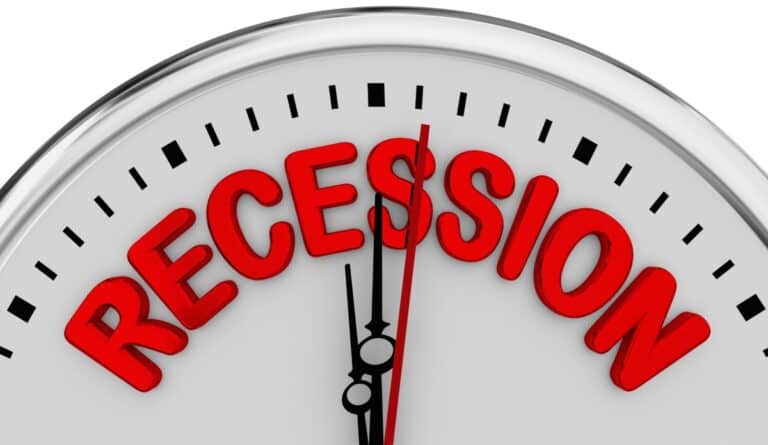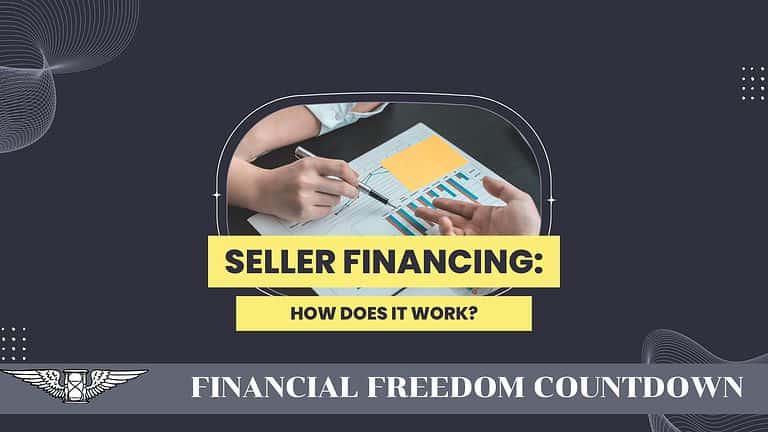Real Estate Investment Risks: How To Identify And Protect Against 5 Major Risks

There is no question that real estate investing can be highly beneficial for individuals who are looking to grow their portfolios, enhance their assets, and create generational wealth. Once relegated as an alternative investment, real estate is now mainstream and accessible to everyone. However, as any real estate investor understands, risks are associated with any real estate investment.
Thankfully, despite the risk involved in owning real estate and investment properties, savvy investors can still invest in real estate in a way that will protect their bottom line, mitigate risks, and ensure that they are protecting their portfolio.
Here’s a look at some of the top real estate investment risks and what strategies you can incorporate into your investing strategy to protect yourself from these risks while taking advantage of one of the best income-producing assets.
Market Risk
No matter how good the real estate market may look at the moment, one of the most significant real estate investments will always be market risks.
Market risk can exist across the entire asset class and may come in many forms, including:
- A risk exclusive to a specific location may occur if there are problems in the local market. It can be the case in particular neighborhoods or broader, impacting certain municipalities and regions. For example, the closure of a large manufacturing plant can significantly impact jobs and reduce demand for rental properties.
- The risk is specific to certain classes, like residential, multifamily, or commercial real estate. For example, if you own a residential rental property and something happens in the economy that makes tenants across the board unable to pay rent, you may see this type of risk. Experienced landlords had used various metrics to evaluate a rental property, but many tenants stopped paying rent, and eviction was impossible due to the government moratorium.
Property-Specific Risks
Every property has its unique construction method and various quirks that may make it vulnerable to property-specific risks. Shoddy construction and unsafe living conditions would be examples of property-specific risks that could damage the property. Building materials may also create a real property-specific risk, and lead-pant or asbestos may be present in older buildings that can create unsafe living conditions for tenants and legal liability for property owners.
Some issues may damage the property but be more specific to a region. For example, if you live in certain parts of the United States, you may face significant risks regarding wildfires, tornados, or hurricanes. Northern California has recently started experiencing wildfires which can potentially create substantial damages or destruction to your property. Insurance can often help in these instances, but they usually require extensive financial investment in an appropriate insurance property.
Finally, tenants may create risks to the safety of your property and your ability to maintain it. If you own a residential property and rent it out, there is always the risk that you will have bad tenants that may damage or destroy the property.
The same is valid for commercial properties, albeit for different reasons, as your tenants may be engaged in business activities that could damage the property. Having an iron-clad NNN lease is often the first step.
Liquidity Risk
In this instance, liquidity is defined as how easy it is to sell an asset and get cash. By its nature, real estate risk is high when it comes to liquidity: You aren’t able to quickly sell an investment and get the money from it, even in the best of circumstances.
Indeed, this is one of the many reasons why the investment process for a real estate property takes so long. You are supposed to take your time in examining a property and understanding its role in your broader asset allocation. The investment should be suitable for your goals, whether that is how to FI or generate real estate passive income. The lack of liquidity is significantly harmful when comparing stocks vs. real estate investing.
Business Risks
The most common worry prospective landlords encounter is the risk of lawsuits. Since the U.S. is a litigious society, anyone can sue landlords for several reasons, such as visitors tripping over the sidewalk or a tenant’s dog biting the mailman. Of course, not approving tenants with dogs can also result in a discrimination lawsuit in some states. Ensure you have appropriate insurance policies for all eventualities and protect your assets.
Business risk also exists when a property owner cannot afford to make payments on their mortgage. Things like this usually occur when a property stops generating income thanks to a bad tenant or a vacancy. Vacancies can occur for many reasons, as can rental delinquency. If you live in a non-recourse state, lenders might have limited ability based on foreclosure laws.
Macro Risk
There are broader risks at play when it comes to real estate investment, and some of these are only tangentially related to the real estate market as a whole. The real estate market is critical to the health of an economy: A growing real estate market will help to grow the economy, but a crashing market may bring the entire economy down. Indeed, it was a housing market crash that helped to kick off the Great Recession.
As such, you must understand the broad-based economic risk that may impact the success or failure of your entire real estate portfolio. Potential macro risks that must be considered when it comes to real estate investing include:
Interest rates
Unless you have a massive stockpile of cash, you will need to borrow substantial amounts of money to afford to invest in a real estate property, be it residential or commercial real estate. The current economic picture will impact the interest rates of the moment.
If interest rates are too high, this may present you with a real challenge regarding debt repayment or raising capital for real estate.
Flipping houses or implementing the BRRRR method would be fraught with danger.
Indeed, this interest rate risk is among the top dangers in real estate investing.
Housing crashes
As noted above, sometimes the entire market goes south, making purchasing or selling a property impossible. In these cases, broader economic issues will likely be occurring that may impact the viability of your entire investment. Investing during a recession is always a challenge.
Population shifts
The simple truth is that some regions are growing, and others are shrinking. Sometimes, cold regions become red hot, and other times, the reverse is true. Shifts in the viability and popularity of an area may damage the value of your real estate, resulting in you losing money on your investment. It may also increase liquidity risk: Your property may no longer be able to generate income. You may not be able to sell a property at a reasonable price.
Societal unrest
Though thankfully relatively rare – at least within the United States – there are unquestionably moments where societal unrest can result in riots and police actions that can damage your property.
How To Mitigate Real Estate Risk
As you can see, there are real risks in the real estate markets, and you must ensure that you are prepared to manage the financial risk that comes with property management and owning investment properties. Fortunately, you can do just that in many ways, including the following.
Conducting Appropriate Risk Analysis
Risk analysis is critical to any investment, and you must make sure that you conduct an appropriate rental property analysis whenever you make a buying or renting decision. It means that you conduct examinations into a variety of items, including:
- The market as a whole, with a specific examination of the asset class in question and the broader location.
- Any property-specific risks that need to be taken into consideration.
- Potential broader economic risks may hit the real estate market as a whole.
- Anticipate shifts in trends like when remote work changed the real estate industry.
- Leasing and tenant risks.
Once you have conducted these analyses, you will be better positioned to determine what sort of protection you need to engage in to protect your investment. You will also have a better idea of if there are any specific insurance products that you need to purchase to protect your investment in the long term.
Conduct Appropriate Financial Analysis & Preparation
Suppose you are paying attention to what is happening regarding the cash flow generated by your property. In that case, you should be able to determine when you may be heading into a period of real liquidity risk. It would help if you also did everything possible to ensure your tenants knew how important it is to pay rent. This means:
- Have clear lines of communication and expectations with tenants about when the rent is due and what the penalties for late or nonpayment may be.
- Screen your tenants appropriately.
- Conduct an appropriate financial analysis to determine when you may be heading into difficult economic periods and adjust your spending and savings accordingly.
Having A Diversified Portfolio
Many investors rely on more than just physical properties to ensure their long-term income and the success of their financial future, and there is no question that you do not want to be overly exposed to one asset class. Indeed, real estate investment risk is inherent to any real estate investment, and the only way to properly prepare for this risk is to ensure that you are not overly exposed in this area.
So, what does a diversified portfolio look like? There are many potential examples:
- Don’t just rely on rental income to generate cash flow to support your income or your retirement. One rental property can be an excellent real estate investment. Still, if you rely on it solely to generate income, you may find yourself in real financial trouble if you have a bad tenant or something happens to the asset. Investing in apartment buildings can reduce dependency on a single tenant. Or storage unit investing, which typically weather most economic environments. Or use value add real estate strategies to create additional income streams.
- If you are worried about your ability to manage a property, consult with a property manager before making any real estate investment decisions. They can help you run any investment property and help ensure that the property is being cared for and maintained in a way that protects you, your tenants, and your asset. It will eat a portion of your rental income, but it may be a worthwhile expense. Before hiring others, you need to be well versed in property management. Landlording on Auto-Pilot By Mike Butler and The Book On Managing Rental Properties By Heather and Brandon Turner are great options for beginners on our list of best real estate books.
- Consider diversifying your investment across multiple types of assets. Residential rental property is no longer the only game in town. Due to real estate crowdfunding, everything from warehouses to malls to farmland investing is now an option. Ensure you use a checklist to evaluate crowdfunding deals. Crowdfunding is no longer restricted to only individuals meeting the accredited investor requirements. Fundrise ($100 minimum) is open to most investors desiring exposure to real estate.
- Get comfortable with long-distance real estate investing, so you have the option of multiple locations and multiple properties. If you do not live in one of the best states for real estate investors, look into turnkey properties before you get comfortable building your team out of state.
- Consider alternative real estate investing methods, like investing in a real estate investment trust (REIT). Using investment platforms like M1Finance, one can build a diversified REIT portfolio built entirely with index funds. Read my M1Finance review for more details on the no-fee platform to create a REIT portfolio using dollar cost averaging.
- Understand the difference between equity vs. debt real estate investments. For debt investments, you can buy tax lien property, use note investing, or venture into hard money lending. Equity investments involve more risks and need an understanding of the real estate waterfall equity structure. However, mastering equity investments can lead to real estate syndication opportunities.
Having An Appropriate Emergency Fund
Sometimes, you can’t mitigate the risk and must understand that it will exist. Liquidity risk can be an example of such a problem: When you make a real estate purchase, you may not be able to offload the investment as quickly as you wish. In these instances, you must absorb the risk and be prepared to be stuck with a property for the short-term and mid-term.
In these instances, the risk is a financial one. How can you deal with being stuck with a property? The answer is also monetary: You must be prepared to absorb the financial risk associated with property ownership. It means having an appropriate emergency fund that can absorb any payments related to the property if the property stops generating money.
You’ll also need to modify your budget template to ensure that you can make repairs – even emergency, expensive repairs – if the property stops producing income or if you have a massive bill that you abruptly need to handle.
Final Thoughts on Real Estate Investment Risks
As you can see, real estate investments are unquestionably not without real risk. There are no safe investments except government-backed fixed-income investments like I-Bonds.
Risk and return are often co-related. And to grow wealth, individuals often need to embrace risks and learn how to manage them. As we know, comparing savings vs. investing, the most significant threat is not taking risks. Inflation erodes purchasing power over time.
Real estate is attractive, depending on your financial goals. Some use it as a monthly income investment, while others as part of their asset protection. Some investors are attracted to the possible tax strategies, while others rely on them to increase their average net worth by age.
Various circumstances – including a tanking market, lawsuits, bad tenants, property taxes, and more – can conspire to cost you money and increase your risk regarding real estate investing. Fortunately, investment properties are unquestionably worthy investments. You have to prepare to manage risk factors if you are a responsible property owner and protect your real estate values in the long term.

John Dealbreuin came from a third world country to the US with only $1,000 not knowing anyone; guided by an immigrant dream. In 12 years, he achieved his retirement number.
He started Financial Freedom Countdown to help everyone think differently about their financial challenges and live their best lives. John resides in the San Francisco Bay Area enjoying nature trails and weight training.
Here are his recommended tools
M1 Finance: John compared M1 Finance against Vanguard, Schwab, Fidelity, Wealthfront and Betterment to find the perfect investment platform. He uses it due to zero fees, very low minimums, automated investment with automatic rebalancing. The pre-built asset allocations and fractional shares helps one get started right away.
Personal Capital: This is a free tool John uses to track his net worth on a regular basis and as a retirement planner. It also alerts him wrt hidden fees and has a budget tracker included.
Streitwise is available for accredited and non-accredited investors. They have one of the lowest fees and high “skin in the game,” with over $5M of capital invested by founders in the deals. It is also open to foreign/non-USA investor. Minimum investment is $5,000.
Platforms like Yieldstreet provide investment options in art, legal, structured notes, venture capital, etc. They also have fixed-income portfolios spread across multiple asset classes with a single investment with low minimums of $10,000.






